Herbert Diess breaks the rules. We’re about to spend 60 minutes of his valuable time talking in his office – the hour has been strictly agreed with his minders – and given the exactness of the interval, plus the implied challenges and strictures of his massive job as head of the Volkswagen Group, I’m expecting him to be a serious, driven, time-poor and somewhat humourless individual. His predecessor, Matthias Mueller, nice guy though he was, was rather like that.
So it’s quite a surprise to find that within a couple of minutes, Diess and I are chatting cheerily about the plus points of the classic Triumph TR6, a car he says he owned, loved and sold for too little money. He also had several Minis and Volkswagen Beetles and still has a small collection of “non-group cars I don’t talk about” that just happens to include a Land Rover Defender. Within seconds, I’ve gleaned that Diess is a proper car enthusiast. In a mind-flash I remember him from his four “very happy” years at Rover (1999 to 2003) where he was instrumental in launching the new Mini. We are going to be okay.
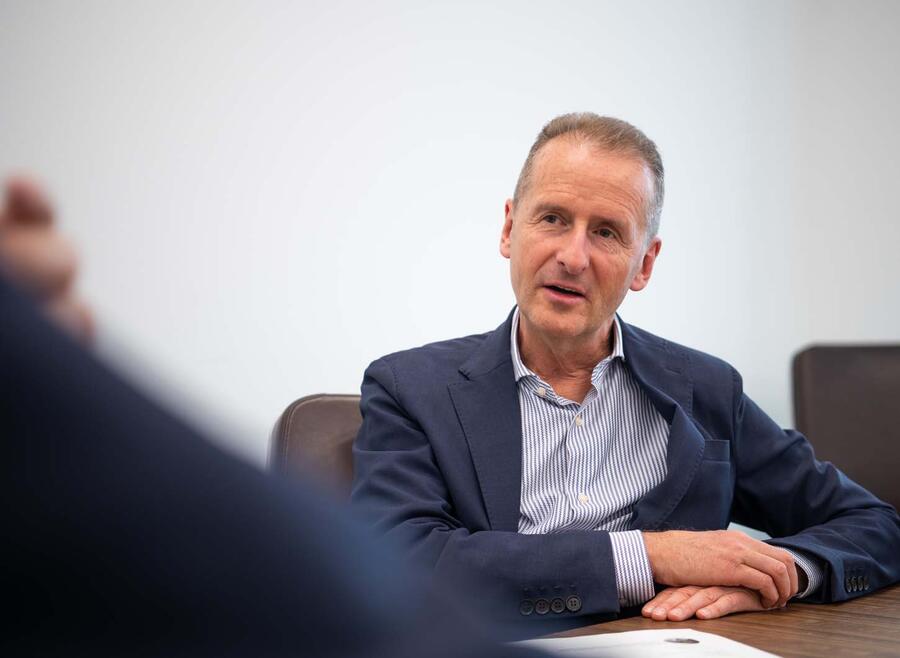
We’ve been trying to organise this interview for a year, not least because Diess – who moved from BMW in 2015 to run VW just before its troubles became public – won one of our 2018 awards for brilliantly progressing a marque hamstrung by Dieselgate so that it hardly lost sales or market position. His non-arrival at last year’s awards event and limited availability since is the result of his rapid promotion to VW’s biggest job.
Diess works in a comfortable but unostentatious suite of offices atop a monolithic building in Wolfsburg, looking out on one of the world’s largest car-building operations. He is a slightly built man of 60 whose frame betrays no evidence of self-indulgence. I’d put him down as a golfer or tennis player, if he ever gets time. He smiles easily, speaks perfect colloquial English and has an Anglo-Saxon liking for conversational informality.
I’ve heard a lot about Diess’s reputation for decisiveness, so I ask about a meeting early in his VW time for which he’s famous, just after the diesel thing broke. At this gathering, a plan for the bold, electric-specific MEB platform, which now looks ever more likely to win VW a large global advantage in electrification, was raised, discussed, formulated and agreed.
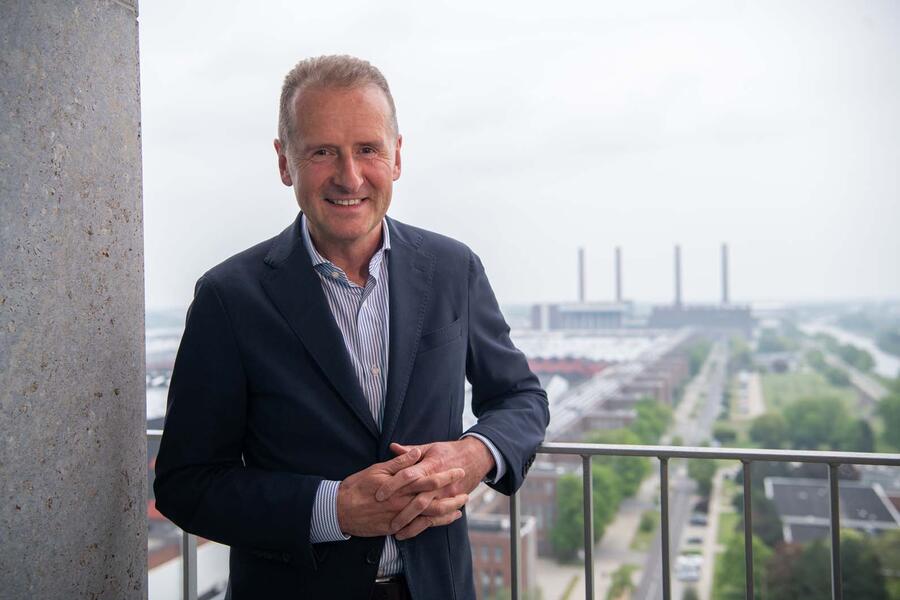
“It was soon after I arrived, about a fortnight after diesel happened,” he says. “I called the team together for a two-day workshop and together we created the MEB toolkit.
“We were in a very specific situation. We were strong in China and China is huge in electric cars. It seemed possible for us to be the first major company to create a specific electric architecture and use it across all our marques. Most people were using existing platforms for their electric cars because that needed less investment. It was a chance to overtake others.”
Despite the strength of this idea, Diess refuses to talk up its prospects because it has yet to deliver. “We hope it will work,” he says. “At present, we are still selling electrified models based on our MQB platform, but from next year, we may have an advantage.”
Future winning designs will have what Diess calls “chocolate bar” chassis, known to others as ‘skateboards’ – with flat floors, long wheelbases and plenty of unimpeded space for batteries between the axles. Ride heights will lift cars by 100mm to 150mm, he says, although engineers at Porsche and Audi are already at work cutting that down. Despite the reality of higher-riding cars, Diess believes classic ‘tall’ SUVs won’t necessarily maintain popularity. Taming aerodynamic drag is becoming vital to preserve battery range. It’s one reason, Diess believes, why Tesla hasn’t sold nearly as many Model X SUVs as other models.
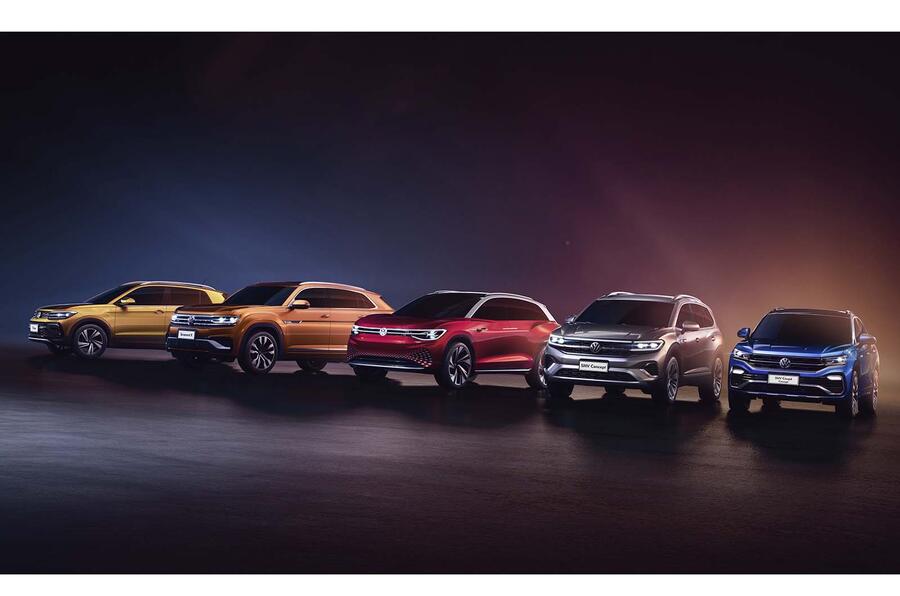
What’s the shape of the future, I ask. Will electrified and conventional cars just fight it out? Will car makers try to force the market?
There’ll be no forcing, Diess insists. Progress will be variable and depend heavily on government incentives. “Tesla couldn’t have made its way without the $7500-a-car US government incentive,” says Diess, “or in Norway without their tax credits. But ultimately, the company that can make electric cars with positive margins will win. That’s where I think we have some chances…”
Talking future sales, Diess estimates that by 2021, between 5% and 6% of new European cars will be electric. That should expand to 20% by 2025, and between 30% and 40% by 2030. It’s an enormous change. How does it feel, I ask, knowing you’ll soon be shutting engine plants forever? “It’s true that in the next 10 years, we’re going to need to close about half our engine and gearbox plants,” he says, “but we’ll ramp up battery production enormously to compensate. We believe we’re covered for battery cell production until 2023 or 2024, but we will still need more capacity. That’s the big challenge. We have just launched the Audi E-tron and the constraint on delivery is the battery. We will see this for quite some time.”
If engine plants are going, when will diesels disappear for good? “Not yet,” the chairman answers carefully. “They’re still the best answer for bigger cars that travel long distances at higher speeds. They’re also the most economical, cleanest and best for CO2. Remember, even in 2025, 80% of new cars will have combustion engines…”
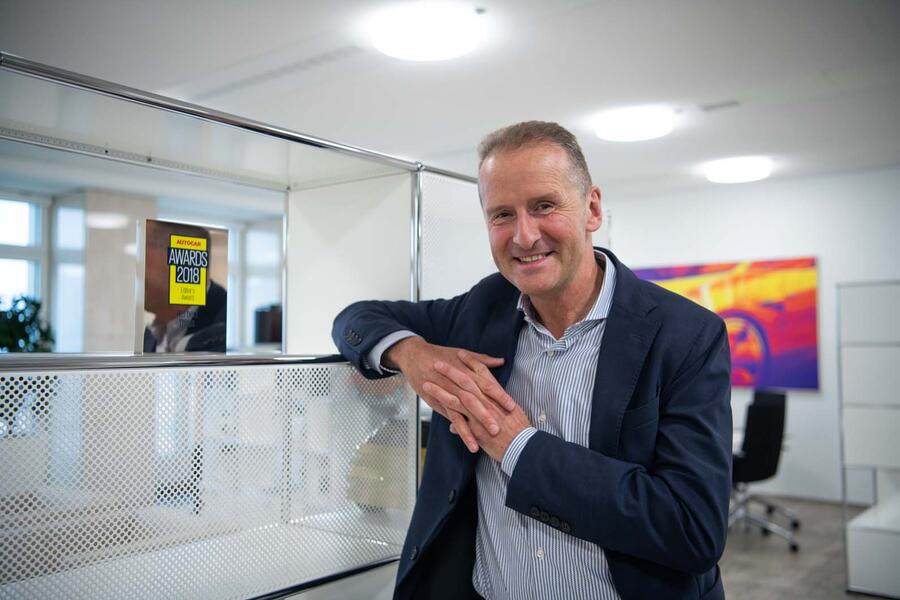
Like all his recent predecessors, Diess began talking about reorganising the VW Group within weeks of taking the big job. Is this, I wonder, because Porsche and Audi appear to make all the money? Again, the careful answer.
“It’s very difficult to look at Porsche or Audi on their own,” he explains. “There’s huge interdependence these days. Many Porsches are made in VW plants. Other Porsches use Audi platforms. Audi makes its 17% to 18% margin with the help of the MQB platform, which is used in around 400,000 of its cars. And that platform supports about eight million of our total output, so the synergies are enormous.”
Is size important? During the pre-diesel days of the Martin Winterkorn era, the VW Group stunned everyone by rapidly bumping Toyota off top spot as the world’s biggest car maker, a position it still narrowly holds. Does the target matter? Predictably, the answer is complex.
“I think in many places we are big enough,” the chairman replies. “Of course, there are markets where we must improve. We have about 19% in China and 20% in Europe, but we are limping along at 4% in the US. That should improve.
“Having said that, I do believe scale matters, and in the next decade, it will matter even more. In some ways, conventional economies are smaller in electric cars because material costs are so huge – about twice the cost of conventional cars – and the materials themselves are subject to market fluctuations. But a car is rapidly becoming a software product, a microprocessor, and in that game, size really matters. You have a one-time cost, a one-time expenditure spread over many products. But we think we are big enough to play that game, so we really don’t have to grow any more.”
Career in brief
Dr Herbert Diess, 60, Volkswagen Group chairman, was born in Austria and educated at Munich Technical University, where he attained a PhD in assembly automation in 1989 while working as an academic. He then joined Robert Bosch and moved to a Bosch plant in Spain as technical director before joining BMW in 1996.
In 1999, he moved to the UK as part of BMW’s Rover management, concentrating on the launch of the new Mini, before returning to head BMW’s motorcycle division from 2003. He was promoted to the BMW board in 2007 and took several roles in purchasing and development before moving to head the VW marque in 2015.
“I was reluctant to move,” he says, “because I was very happy in my BMW job. But I was fit and healthy, I have always had a special regard for Volkswagen, and I realised I could work longer at VW than BMW, where retirement is compulsory at 60. So I made the move and it has been successful – so far…”
Diess on…
China’s influence on design: “We are running a 14% market share and our nearest European competitor has 6%, so I think we should be cautious about changing the look of our cars. When you have a strong market position, you have a chance to influence people.
Bentley’s progress: “I’m very happy and optimistic. They have made a huge step forward in profitability. They have a pretty high burden of depreciation because they have spent so much on new models, but we have a very good and dedicated team working at Crewe and the company has a lot of potential.”
Dieselgate: “I think it will be around for some time. We still have court cases in the UK, in Australia, all over. But I believe the worst is behind us. The biggest thing was in the US, where we bought many cars back and fixed many others. But it will still take years.”
Becoming chairman: “I knew it was one of the most challenging jobs in the industry, because of the changes coming and how they would affect our brands. But I was well prepared. I’d done a lot of varied jobs over 30 years. And I love Volkswagen. So I thought: why not?”
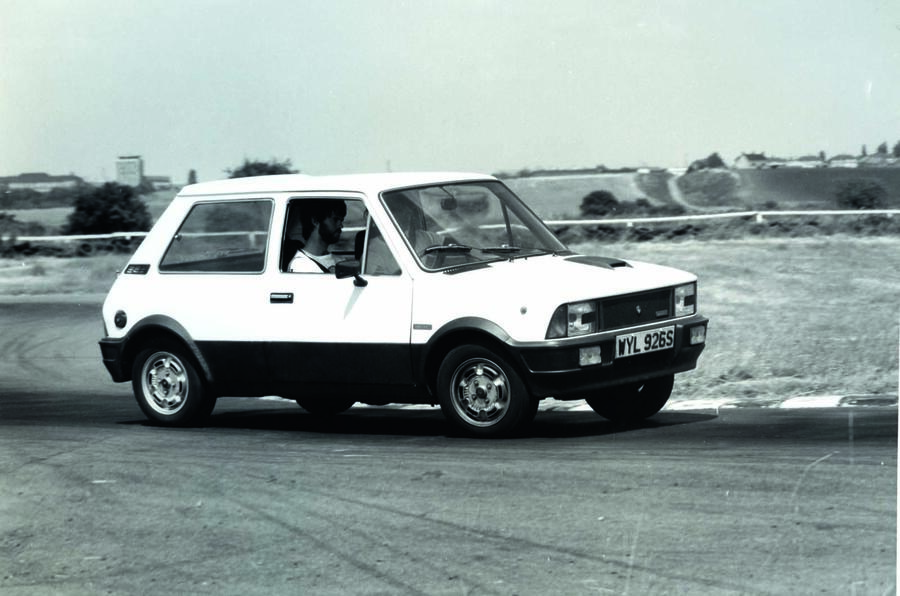
British cars he’s owned: “I owned many, some with flaws but some that were really great. I had three or four Minis, including an Innocenti. I still drive lots cars. The automotive business is different. Many colleagues are really into cars. It’s one of the brighter sides of the job.”
Sourcing battery materials: “Cobalt is the most conflicted. Cars will double the demand, but the proportion in batteries is coming down. Tesla’s are virtually cobalt free. Nickel is all over the place. Lithium might be a problem, but we’re discovering ways to recover it for re-use.”
Read more
Volkswagen boss: software is the next big challenge​
Volkswagen's currywurst factory: motoring's strangest production line​
All-electric VW ID estate on the cards for future launch​

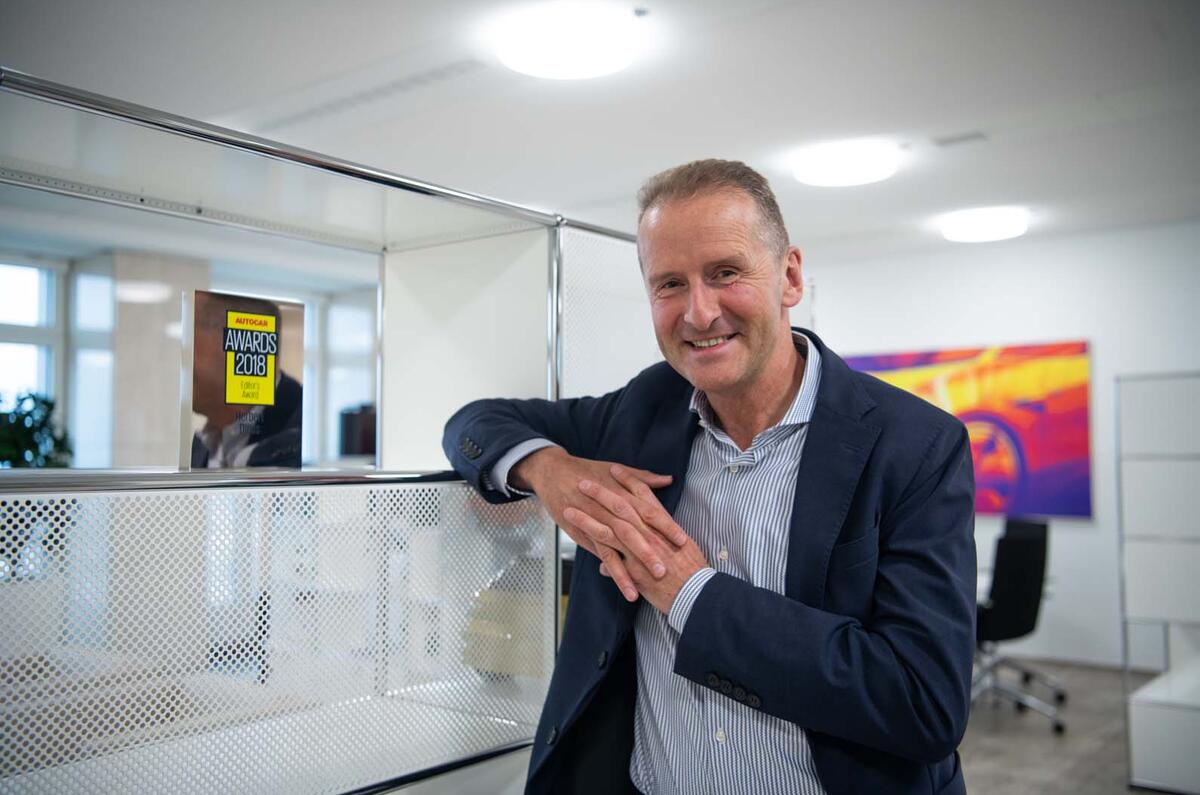

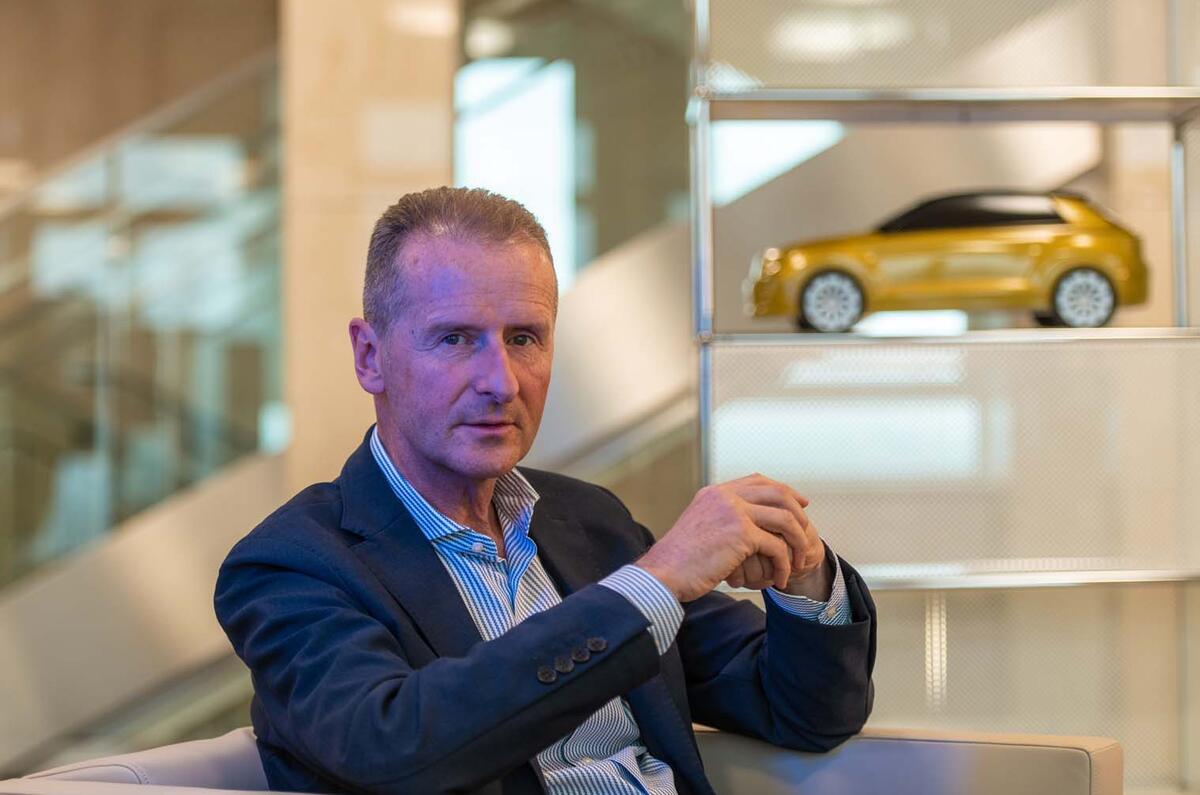
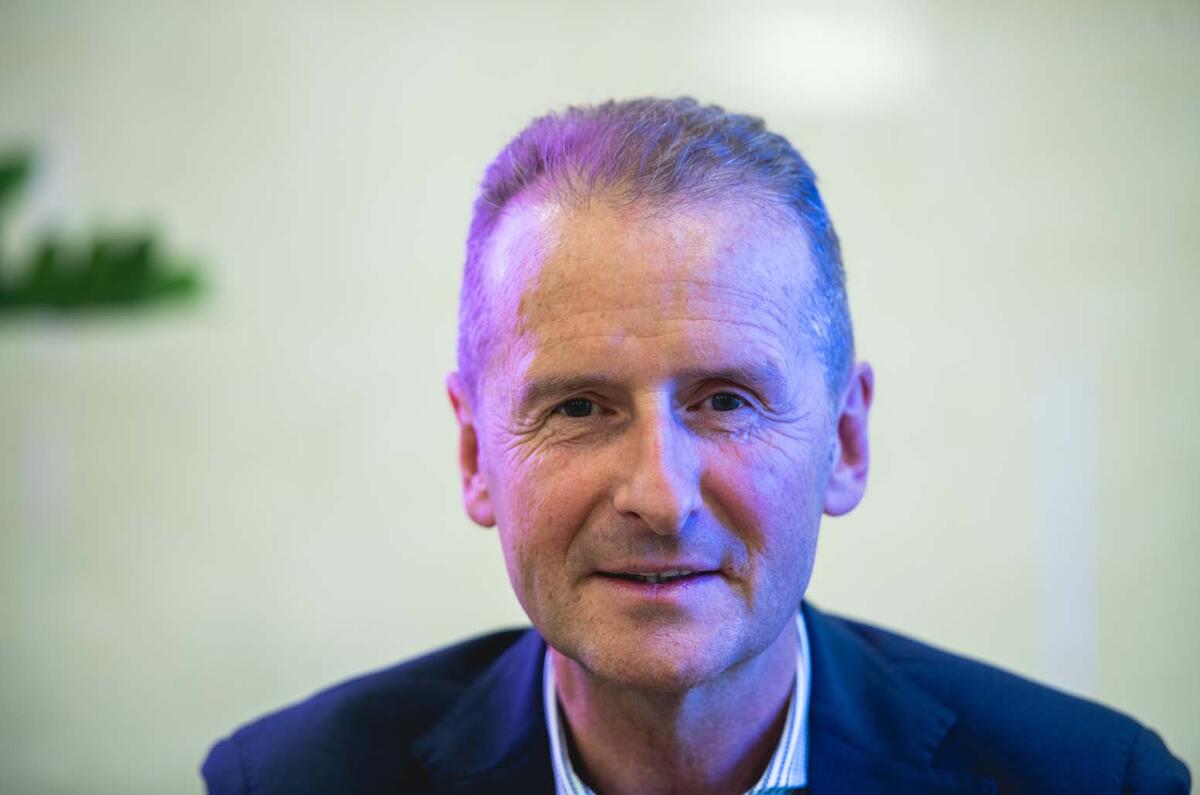
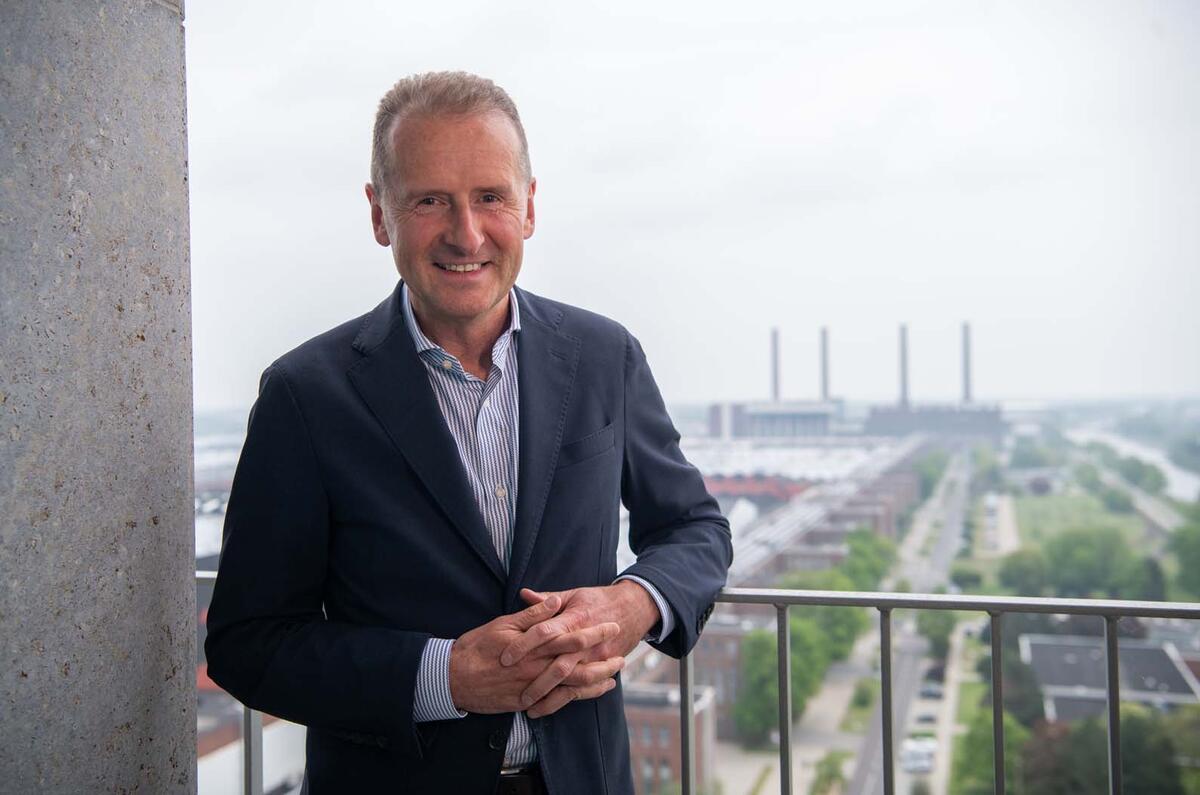


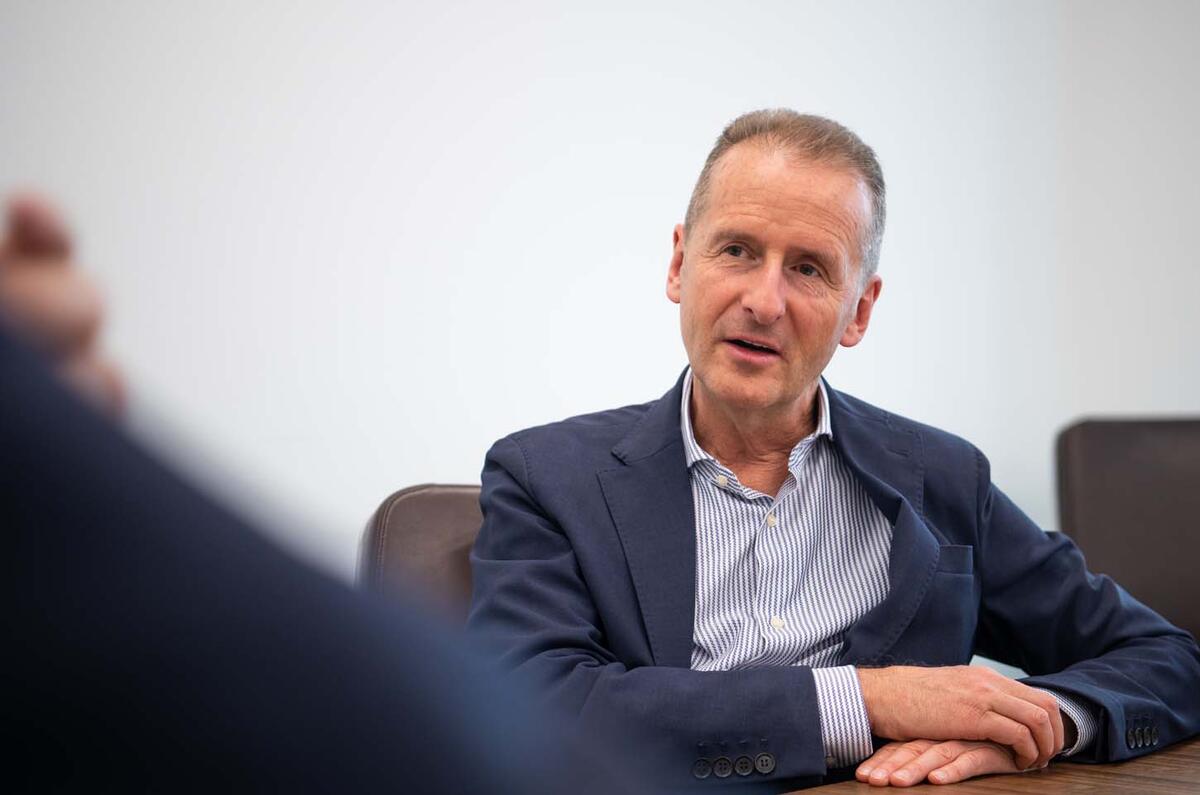
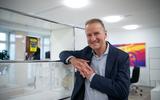

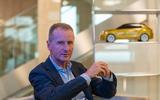
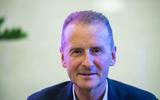
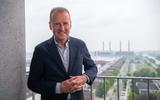
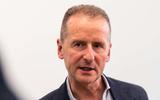








Join the debate
Add your comment
Let him off lightly
disppointed that Steve didn’t push Diess harder when he made his claim that vw had “fixed” Dieselgate cars when Autocar broke the story of the 70% increase in complaints regarding the emissions software update “fix” that was rolled out. Missed opportunity to get some answers. Reads like cosy free advertorial than journalism.
https://www.autocar.co.uk/car
https://www.autocar.co.uk/car-news/new-cars/dieselgate-vw-admits-28600-uk-complaints-after-software-fix
FFS
FFS
Not yet
" first major company to create a specific electric architecture and use it across all our marques. " (no mention of Tesla) and yet their first serious EV is the E-Tron, based on the Q5 platform.
Still better late than never although VW's first mass produced EV is still nearly a year away from being on the road, and how long before this common platform is used "across all our marques"